Exploring the Renaissance at the Bode Museum
While the Bode Museum’s medieval collection invites introspection into the raw spiritual expressions of the Gothic era, its Renaissance collection beckons with a different allure. This period, marked by a renewed fascination with the classical world, was not merely an artistic evolution; it signified a profound ideological shift. Artists and thinkers of the Renaissance drew inspiration from the ancient roots of Greco-Roman humanism, fusing them with the prevailing Christian ethos of the time. This rediscovered humanistic perspective had profound implications not just for society at large but also for individual spirituality, reshaping how it was perceived and expressed in art. At the Bode Museum, the artworks manifest this blend of classical knowledge and spiritual depth, reflecting a society reawakening to the values of the ancient world while also exploring new frontiers. The Renaissance exhibition at the Bode Museum masterfully captures this delicate balance, presenting the epoch not merely as a period of artistic rebirth but also as a testament to the evolving spirituality.
Here are some impressions that I collected during my latest visit, accompanied by the descriptions provided by the museum:
 Entrance to the Renaissance collection at the Bode Museum.{: .align-caption}
Entrance to the Renaissance collection at the Bode Museum.{: .align-caption}
 Lombardy, mid-15th century. Allegory of justice. Fired clay. The attribute in the right hand is broken away.{: .align-caption}
Lombardy, mid-15th century. Allegory of justice. Fired clay. The attribute in the right hand is broken away.{: .align-caption}
 Attributed to Giambattista Bregno Venice (?) 1467/77 - 1518/20 Venice, Angel. Venice, c. 1511, marble. From the church of Santa Maria dei Servi in Venice, destroyed in 1812. Damaged in 1945.{: .align-caption}
Attributed to Giambattista Bregno Venice (?) 1467/77 - 1518/20 Venice, Angel. Venice, c. 1511, marble. From the church of Santa Maria dei Servi in Venice, destroyed in 1812. Damaged in 1945.{: .align-caption}
 Antonio Lombardo, Venice, c. 1458-1516 Ferrara. Mars, Venus and Cupid. Bronze. After a marble original in the so-called Stone Room of the Residenz in Munich.{: .align-caption}
Antonio Lombardo, Venice, c. 1458-1516 Ferrara. Mars, Venus and Cupid. Bronze. After a marble original in the so-called Stone Room of the Residenz in Munich.{: .align-caption}
 A general impression of the showrooms.{: .align-caption}
A general impression of the showrooms.{: .align-caption}
 Andrea del Verrocchio, Florence around 1435 - 1488 Venice. Sleeping Youth, c. 1470/80, terracotta. Verrocchio was a major painter, sculptor and goldsmith in late 15th-century Florence. He owned a workshop filled with talented artists, including Leonardo da Vinci, who took from his master a deep interest in human anatomy. This figure may have been a model made by Verrocchio to be copied by his pupils. In contrast to the closed eyes, the tension in the legs indicates that the young man is awake.{: .align-caption}
Andrea del Verrocchio, Florence around 1435 - 1488 Venice. Sleeping Youth, c. 1470/80, terracotta. Verrocchio was a major painter, sculptor and goldsmith in late 15th-century Florence. He owned a workshop filled with talented artists, including Leonardo da Vinci, who took from his master a deep interest in human anatomy. This figure may have been a model made by Verrocchio to be copied by his pupils. In contrast to the closed eyes, the tension in the legs indicates that the young man is awake.{: .align-caption}

 Michelozzo, Florence 1396 - 1472. Virgin and Child, around 1440, terracotta. Michelozzo collaborated closely with Donatello and subsequently pursued a successful career, both as a sculptor and as an architect. This group insists on the intimacy between Mary and Jesus, the mother consoling her son who suffers from teething pain. Behind this familiar scene, one should see a prefiguration of Jesus suffering and death.{: .align-caption}
Michelozzo, Florence 1396 - 1472. Virgin and Child, around 1440, terracotta. Michelozzo collaborated closely with Donatello and subsequently pursued a successful career, both as a sculptor and as an architect. This group insists on the intimacy between Mary and Jesus, the mother consoling her son who suffers from teething pain. Behind this familiar scene, one should see a prefiguration of Jesus suffering and death.{: .align-caption}
 Antonio Rossellino (follower), Settignano (?) 1427/28 - 1479 Florence. Virgin and Child, c. 1470/80, terracotta. The relationship between Mary and Jesus is especially touching in this work. The child feels cold and rubs his hands, while his mother covers him with her coat. This splendid work of art has been attributed to Antonio Rossellino, but it resembles a terracotta in the Victoria and Albert Museum, London, that has been attributed to Leonardo da Vinci - could this relief also be by Leonardo?{: .align-caption}
Antonio Rossellino (follower), Settignano (?) 1427/28 - 1479 Florence. Virgin and Child, c. 1470/80, terracotta. The relationship between Mary and Jesus is especially touching in this work. The child feels cold and rubs his hands, while his mother covers him with her coat. This splendid work of art has been attributed to Antonio Rossellino, but it resembles a terracotta in the Victoria and Albert Museum, London, that has been attributed to Leonardo da Vinci - could this relief also be by Leonardo?{: .align-caption}

 Donatello, Florence c. 1386-1466. Virgin and Child, called the Pazzi Madonna, c. 1420, marble. The Pazzi Madonna, said to come from the palace of the Pazzi family in Florence, is one of the greatest masterpieces of Donatello and an emblem of early Renaissance sculpture. It embodies the aspiration of artists of the time at representing a convincing reality. The Virgin and Child are represented life-size and framed in a niche which follows the rules of linear perspective: the receding lines of the niche converge in one single point. As a result, both figures seem to emerge into the world of the spectator. The relationship of the mother with her child is another key aspect of the work: Mary is laying her forehead on Jesus, in a gesture that can be read as both tender and violent. She is sad for one reason: she knows that her son will die too soon.{: .align-caption}
Donatello, Florence c. 1386-1466. Virgin and Child, called the Pazzi Madonna, c. 1420, marble. The Pazzi Madonna, said to come from the palace of the Pazzi family in Florence, is one of the greatest masterpieces of Donatello and an emblem of early Renaissance sculpture. It embodies the aspiration of artists of the time at representing a convincing reality. The Virgin and Child are represented life-size and framed in a niche which follows the rules of linear perspective: the receding lines of the niche converge in one single point. As a result, both figures seem to emerge into the world of the spectator. The relationship of the mother with her child is another key aspect of the work: Mary is laying her forehead on Jesus, in a gesture that can be read as both tender and violent. She is sad for one reason: she knows that her son will die too soon.{: .align-caption}
 Donatello and workshop, Florence c. 1386 - 1466. The Crucifixion, c. 1460/66, stucco. This intriguing work was made during the last years of Donatello’s life. While the body of Christ on the cross is generically mo-deled, some other details are of remarkable invention, such as the idea to hide the crucified figure to the right behind a ladder.{: .align-caption}
Donatello and workshop, Florence c. 1386 - 1466. The Crucifixion, c. 1460/66, stucco. This intriguing work was made during the last years of Donatello’s life. While the body of Christ on the cross is generically mo-deled, some other details are of remarkable invention, such as the idea to hide the crucified figure to the right behind a ladder.{: .align-caption}

 Top: Donatello, Florence c. 1386 - 1466. Virgin and Child with Four Cherubs, c. 1440, terracotta. This relief shows nicely how Donatello liked to play with unstable equilibrium: the Virgin is not only praying with her hands, but also holding her baby under her arm. Jesus tries to maintain his stance but is also blessing the beholder with his right hand. Thanks to these simultaneous actions, the viewer is engaged in the sacred scene. Before 1945, the work was adorned with lavish colors (bottom image).{: .align-caption}
Top: Donatello, Florence c. 1386 - 1466. Virgin and Child with Four Cherubs, c. 1440, terracotta. This relief shows nicely how Donatello liked to play with unstable equilibrium: the Virgin is not only praying with her hands, but also holding her baby under her arm. Jesus tries to maintain his stance but is also blessing the beholder with his right hand. Thanks to these simultaneous actions, the viewer is engaged in the sacred scene. Before 1945, the work was adorned with lavish colors (bottom image).{: .align-caption}
 Desiderio da Settignano (after), Settignano c. 1429 - 1464 Florence. Blessing Christ, c. 1450, stucco.
Desiderio da Settignano (after), Settignano c. 1429 - 1464 Florence. Blessing Christ, c. 1450, stucco.

 Nanni di Banco (after?), active in Florence 1405 - 1421. Virgin and Child, c. 1405/10, stucco. This composition has been recently associated with Nanni di Banco, a great sculptor of early 15th-century Florence whose art was especially shaped by the model of classic Antiquity. The genitals of Christ are left visible on purpose, as they manifest the humanity of God made flesh.
Nanni di Banco (after?), active in Florence 1405 - 1421. Virgin and Child, c. 1405/10, stucco. This composition has been recently associated with Nanni di Banco, a great sculptor of early 15th-century Florence whose art was especially shaped by the model of classic Antiquity. The genitals of Christ are left visible on purpose, as they manifest the humanity of God made flesh.
 A general impression of the showrooms.
A general impression of the showrooms.
 Florence, early 16th century, John the Baptist, Fired clay.
Florence, early 16th century, John the Baptist, Fired clay.
 Baccio Bandinelli, Florence 1493 - 1560 Florence, bust of a young man, Florence, c. 1540, marble.
Baccio Bandinelli, Florence 1493 - 1560 Florence, bust of a young man, Florence, c. 1540, marble.

 Giambologna, Circumcircle, Douai 1529 -1608 Florence. Hercules conquering the Lernaean Hydra, Florence, c. 1600, Fired clay.
Giambologna, Circumcircle, Douai 1529 -1608 Florence. Hercules conquering the Lernaean Hydra, Florence, c. 1600, Fired clay.
 A general impression of the showrooms.
A general impression of the showrooms.
 Jacopo Tatti, gen. Sansovino Florence 1486 - 1570 Venice, Madonna with Saints, ‘Sacra Conversazione’, Venice, c. 1530/40, Fired clay.
Jacopo Tatti, gen. Sansovino Florence 1486 - 1570 Venice, Madonna with Saints, ‘Sacra Conversazione’, Venice, c. 1530/40, Fired clay.
 Rome, c. 1620/30. angel, chestnut wood, colorfully painted.
Rome, c. 1620/30. angel, chestnut wood, colorfully painted.
 Giovanni Baratta, Carrara 1670-1747 Carrara. Allegory of the Roman church, marble.
Giovanni Baratta, Carrara 1670-1747 Carrara. Allegory of the Roman church, marble.
 Camillo Rusconi, Milan 1658 - 1728 Rome. Faun from the entourage of Bacchus, Rome, 1727-28, marble.
Camillo Rusconi, Milan 1658 - 1728 Rome. Faun from the entourage of Bacchus, Rome, 1727-28, marble.
 Gian Lorenzo Bernini, Naples 1598 - 1680 Rome, crucifix, Rome, c. 1660, bronze.
Gian Lorenzo Bernini, Naples 1598 - 1680 Rome, crucifix, Rome, c. 1660, bronze.
 François Duquesnoy, Brussels 1597 - 1643 Livorno. Jupiter with the Infant Bacchus, bronze.
François Duquesnoy, Brussels 1597 - 1643 Livorno. Jupiter with the Infant Bacchus, bronze.
 François Duquesnoy, Brussels 1597 - 1643 Livorno. Antinous of the Belvedere, bronze After a lost clay model.
François Duquesnoy, Brussels 1597 - 1643 Livorno. Antinous of the Belvedere, bronze After a lost clay model.
 François Duquesnoy, Brussels I597 - 1643 Livorno, St. Sebastian, Bronze.
François Duquesnoy, Brussels I597 - 1643 Livorno, St. Sebastian, Bronze.
 Caritas (Allegory of Charity) by Giuseppe Mazzuoli (Volterra 1644 - Rome 1725), Rome, Italy, around 1670.
Caritas (Allegory of Charity) by Giuseppe Mazzuoli (Volterra 1644 - Rome 1725), Rome, Italy, around 1670.





 Naples, 1st half 18th c. Fall of the apostate angels and The Last Judgment, ivory, wood, gilded copper sheet, part of an altar decoration.
Naples, 1st half 18th c. Fall of the apostate angels and The Last Judgment, ivory, wood, gilded copper sheet, part of an altar decoration.
 Lorenzo Vaccaro, Naples 1655 - 1706 Torre del Greco. The Archangel Michael defeats Lucifer, Naples, 1685/1700, silver, bronze, jasper. The base made of fruitwood, on it silver fittings and stones of jasper.
Lorenzo Vaccaro, Naples 1655 - 1706 Torre del Greco. The Archangel Michael defeats Lucifer, Naples, 1685/1700, silver, bronze, jasper. The base made of fruitwood, on it silver fittings and stones of jasper.
 Domenico Guidi, Torano (Massa Carrara) 1625 - 1701 Rome. Cain slays Abel, Rome, c. 1650, Fired clay.
Domenico Guidi, Torano (Massa Carrara) 1625 - 1701 Rome. Cain slays Abel, Rome, c. 1650, Fired clay.
 Vincenzo de’ Rossi, Florence 1525-1587 Florence. Dying Adonis, Florence, c. 1560, Fired clay. Model for a marble statue in the Museo del Bargello in Florence.
Vincenzo de’ Rossi, Florence 1525-1587 Florence. Dying Adonis, Florence, c. 1560, Fired clay. Model for a marble statue in the Museo del Bargello in Florence.
 Stefano Maderno, c. 1576 - 1636 Rome. Nicodemus holding the body of Christ, Rome, 1605, Fired clay.
Stefano Maderno, c. 1576 - 1636 Rome. Nicodemus holding the body of Christ, Rome, 1605, Fired clay.
 Nicolò Roccatagliata, known in Venice and Genoa 1593 - 1636. Mary with the Child and Angels, Venice, c. 1600.
Nicolò Roccatagliata, known in Venice and Genoa 1593 - 1636. Mary with the Child and Angels, Venice, c. 1600.
 Jacopo Tatti, gen. Sansovino, Florence 1486 - 1570 Venice. St. John the Evangelist, fired clay. Model to the corresponding bronze on the choir screens of San Marco in Venice, completed in 1552. This one, however, shows the angel of St. Matthew the Evangelist on the book instead of the St. John eagle of the Berlin figure.
Jacopo Tatti, gen. Sansovino, Florence 1486 - 1570 Venice. St. John the Evangelist, fired clay. Model to the corresponding bronze on the choir screens of San Marco in Venice, completed in 1552. This one, however, shows the angel of St. Matthew the Evangelist on the book instead of the St. John eagle of the Berlin figure.
 Giuseppe Piamontini, Florence 1664 - 1742 Florence. Venus and Cupid, Florence, c. 1710, Fired clay.
Giuseppe Piamontini, Florence 1664 - 1742 Florence. Venus and Cupid, Florence, c. 1710, Fired clay.
 Antonio Corradini, Venice 1688 - 1752 Naples. The Veiled Christ, Fired clay.
Antonio Corradini, Venice 1688 - 1752 Naples. The Veiled Christ, Fired clay.
 Giovanni Baratta, Carrara 1670 - 1747 Carrara. Bound corsair, c. 1710/20, Fired clay. Modeled after one of the four buccaneers on the monument to Grand Duke Ferdinando I of Tuscany at the port of Livorno, created by Pietro Tacca 1615-24.
Giovanni Baratta, Carrara 1670 - 1747 Carrara. Bound corsair, c. 1710/20, Fired clay. Modeled after one of the four buccaneers on the monument to Grand Duke Ferdinando I of Tuscany at the port of Livorno, created by Pietro Tacca 1615-24.
 Giuseppe Mazzuoli, Volterra 1644 - 1725 Rome. Death of St. Mary of Egypt, c. 1675, Fired clay.
Giuseppe Mazzuoli, Volterra 1644 - 1725 Rome. Death of St. Mary of Egypt, c. 1675, Fired clay.
 Anmonio Begarelli, Modena 1499 - 1565. Bust of Christ, fired clay.
Anmonio Begarelli, Modena 1499 - 1565. Bust of Christ, fired clay.
 Giovanni Angelo Del Maino, traceable in Pavia 1496-1522. Lamentation of Christ, Lombardy, 1500-05, pear wood, old version.
Giovanni Angelo Del Maino, traceable in Pavia 1496-1522. Lamentation of Christ, Lombardy, 1500-05, pear wood, old version.
 De Donati brothers, traceable 1478-1528. Crucifixion of Christ, Lombardy, 1507-10 (?), spruce, old version. Comes from a multi-piece altar.
De Donati brothers, traceable 1478-1528. Crucifixion of Christ, Lombardy, 1507-10 (?), spruce, old version. Comes from a multi-piece altar.
 Italy, 2nd half of 16th c. St. Jerome. Jerome, marble. After a lost wax relief by Baccio Bandinelli.
Italy, 2nd half of 16th c. St. Jerome. Jerome, marble. After a lost wax relief by Baccio Bandinelli.

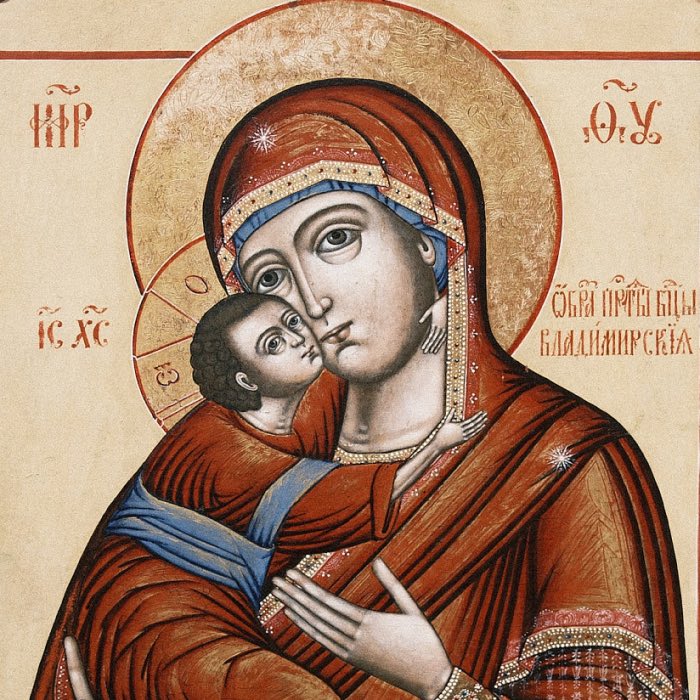
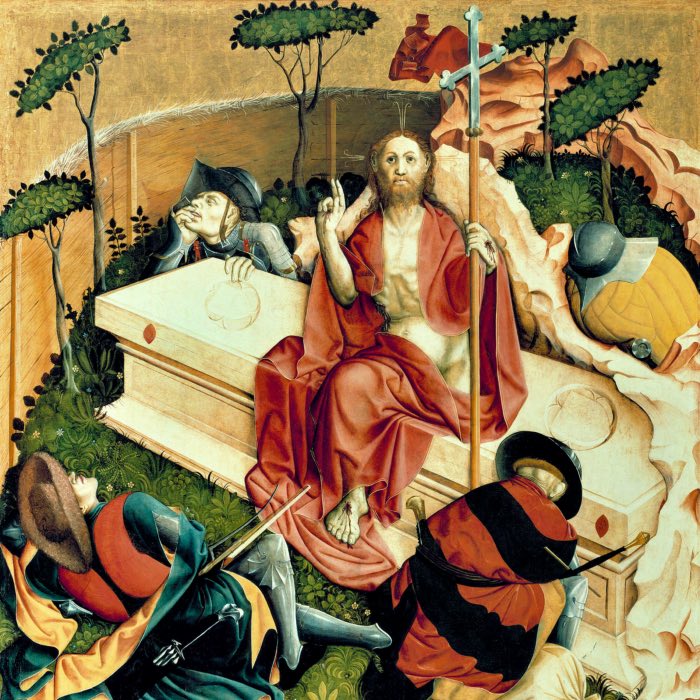
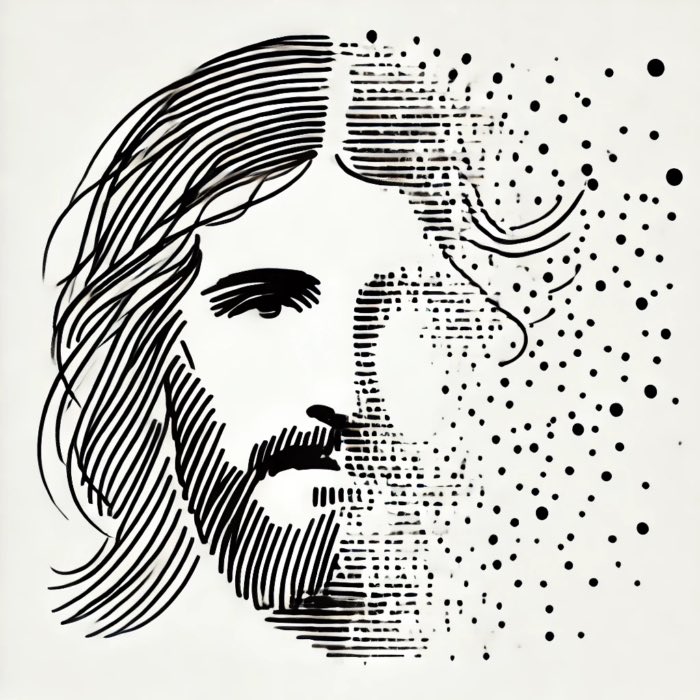
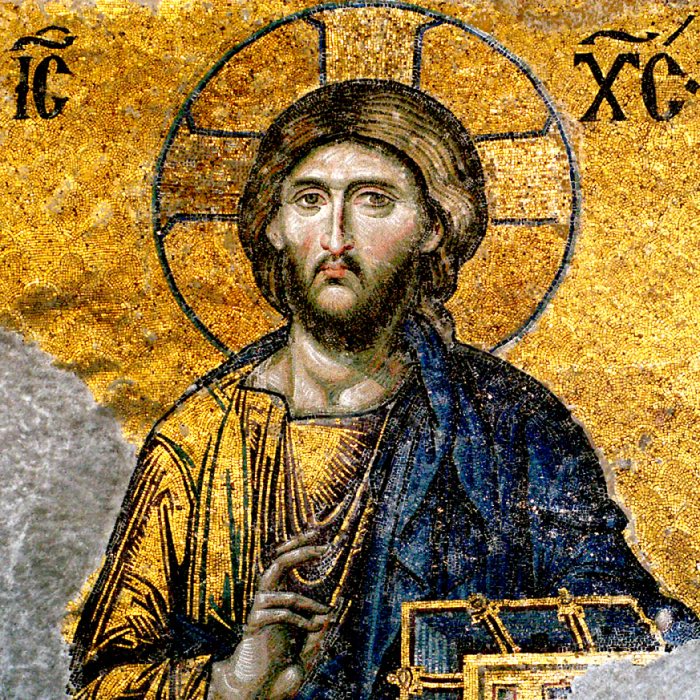
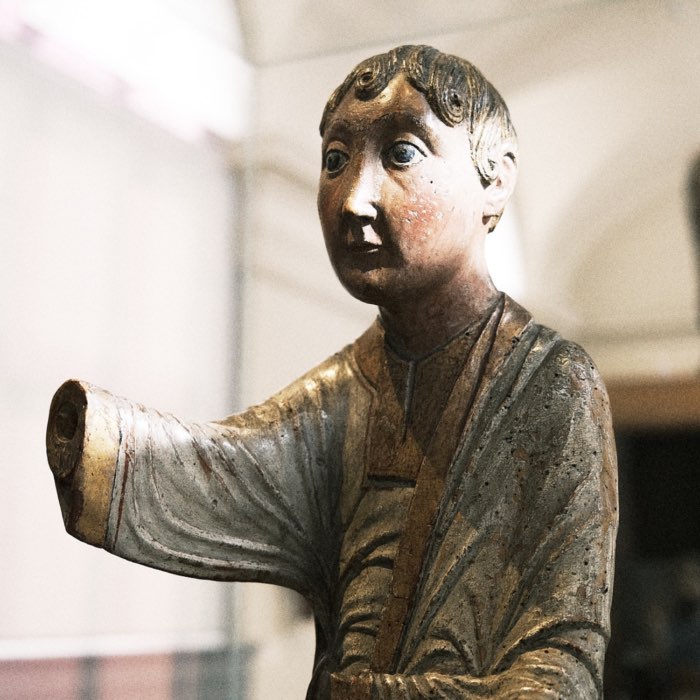



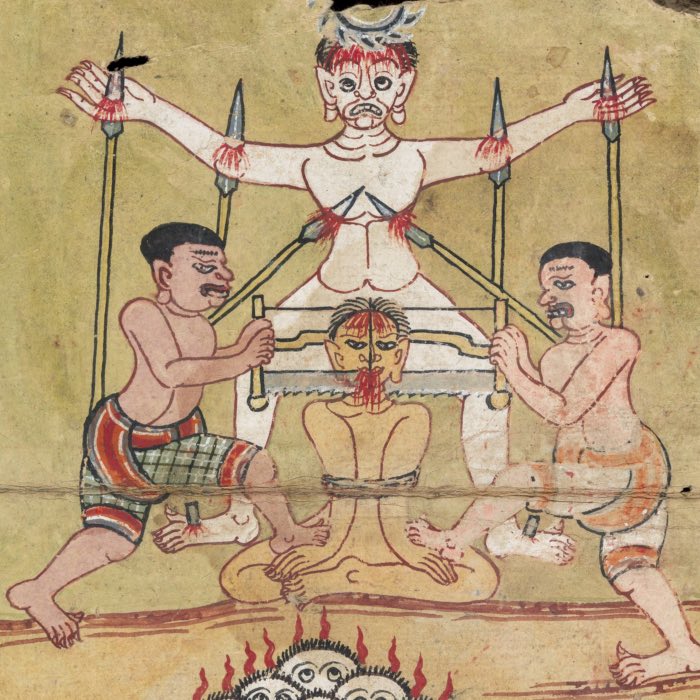
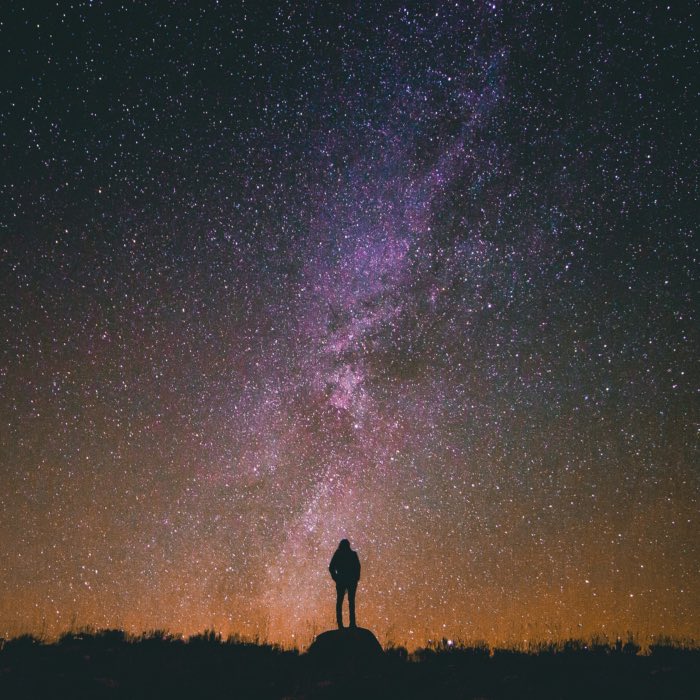
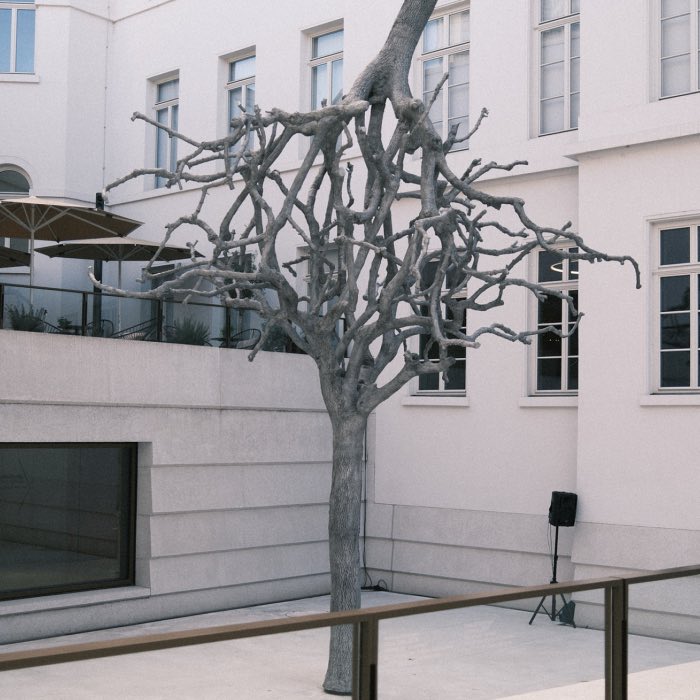

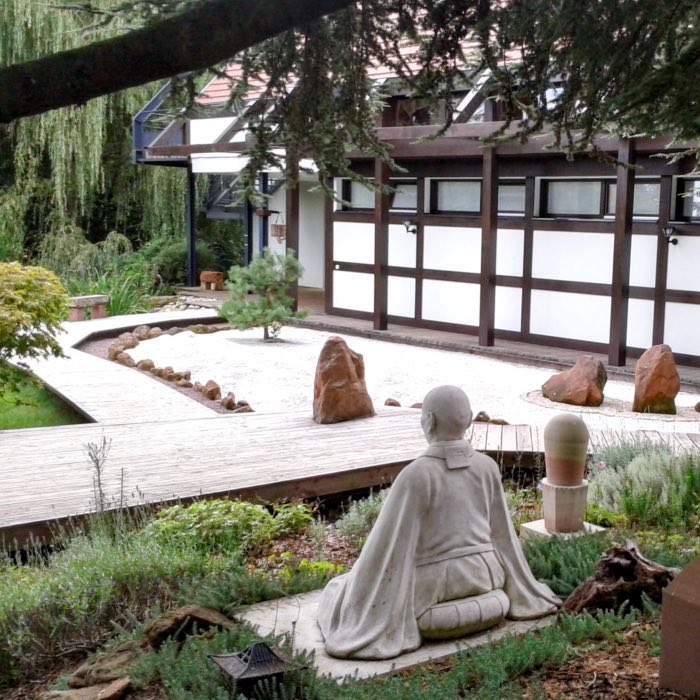
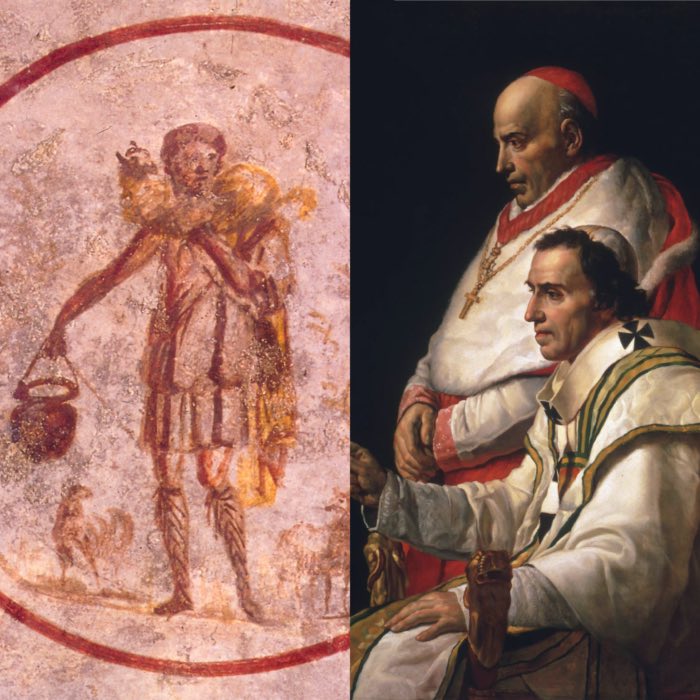
comments